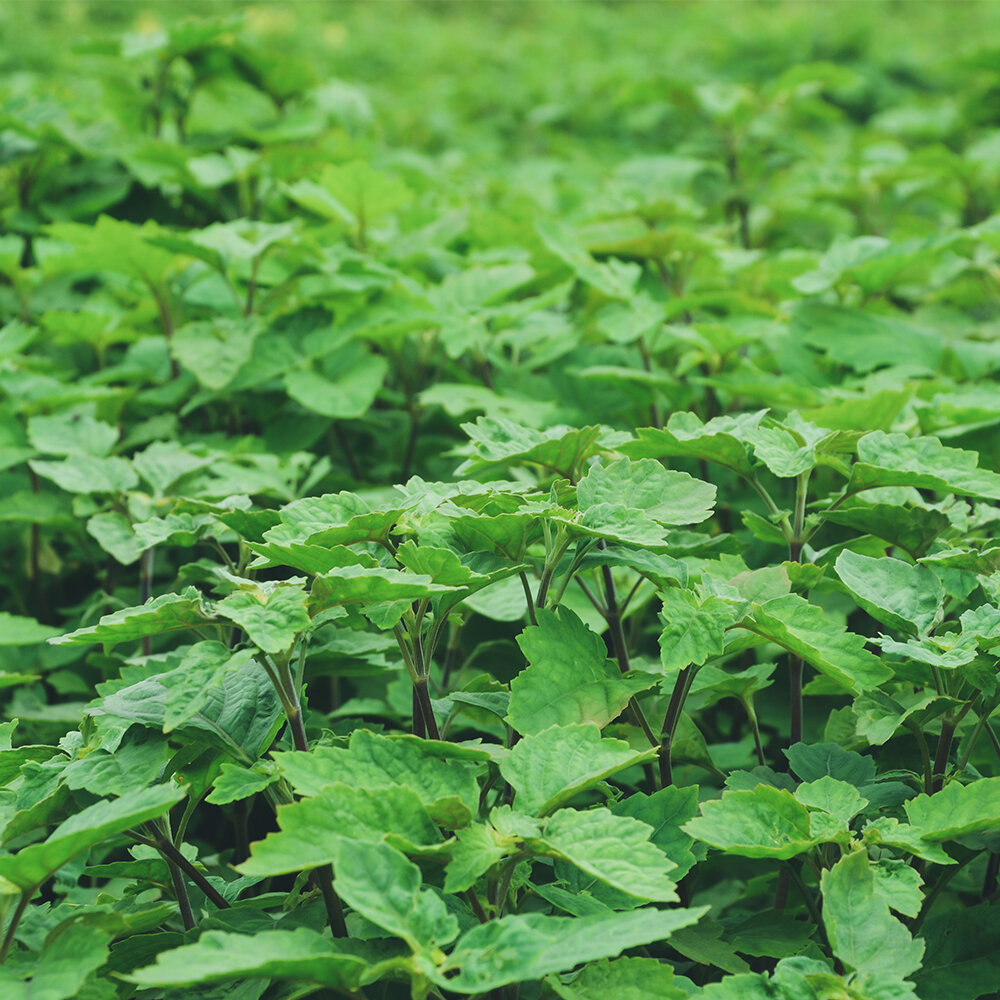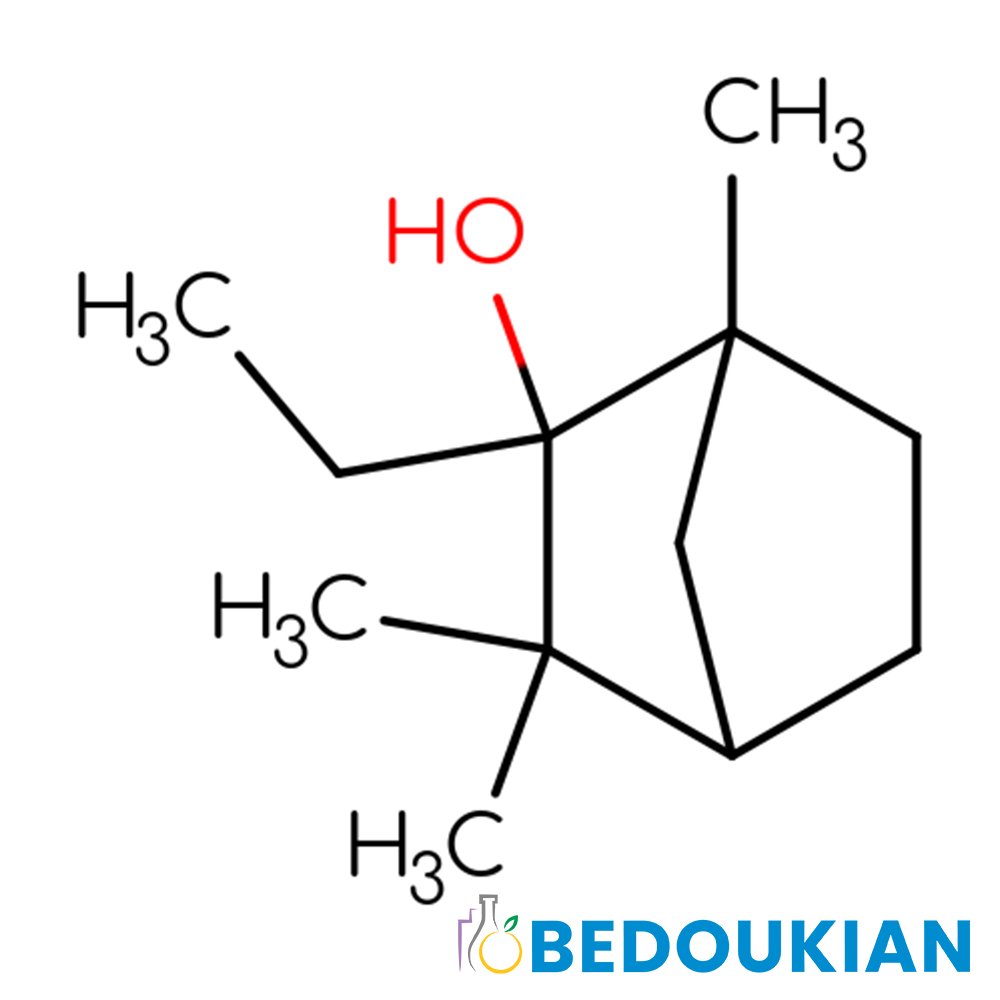Patchouli Oil MD
Natural Ingredient for Perfumery
Patchouli Oil, characterized by a woody, earthy aroma and notable tenacity, is a versatile essential oil with a rich, sweet-herbaceous, spicy, and balsamic profile. Widely used in various applications, it blends harmoniously with numerous oils and ingredients like labdanum, vetiver, and sandalwood.
Essential in Oriental and woody bases, fougères, chypres, and perfumes, it also serves as an effective masking agent in depilatory creams.
Natural Ingredient for Perfumery
Patchouli Oil, characterized by a woody, earthy aroma and notable tenacity, is a versatile essential oil with a rich, sweet-herbaceous, spicy, and balsamic profile. Widely used in various applications, it blends harmoniously with numerous oils and ingredients like labdanum, vetiver, and sandalwood.
Essential in Oriental and woody bases, fougères, chypres, and perfumes, it also serves as an effective masking agent in depilatory creams.
Natural Ingredient for Perfumery
Patchouli Oil, characterized by a woody, earthy aroma and notable tenacity, is a versatile essential oil with a rich, sweet-herbaceous, spicy, and balsamic profile. Widely used in various applications, it blends harmoniously with numerous oils and ingredients like labdanum, vetiver, and sandalwood.
Essential in Oriental and woody bases, fougères, chypres, and perfumes, it also serves as an effective masking agent in depilatory creams.
🔎 Botanical Name — Pogostemon Cablin
🏭 Manufacturer — IFF
📝 Odor Type — Woody, Earthy
📈 Odor Strength — Tenacity in odor is one of the typical virtues of patchouli oil and is one of the reasons for its versatile use.
👃🏼 Odor Profile — Extremely rich, sweet-herbaceous, aromatic-spicy, and woody-balsamic odor.
⚗️ Uses — Patchouli Oil is used so extensively that it is hardly possible to specify its field of application. It blends beautifully with labdanum, vetiver. sandalwood, ionones, cedarwood derivatives, coumarin, oakmoss, geranium, clove oils, lavender. rose, bergamot, neroli, orris “resinoid”, nitro musks, cinnamates, methyl salicylate, cassia oil, myrrh, opopanax, sage clary absolute, borneol, pine needle oils, cyclohexanone derivatives, etc., etc. It forms an important ingredient in Oriental bases, woody bases, fougères, chypres, opopanax bases, powder-type perfumes, etc. It is an excellent masking agent for depilatory creams, e.g. in combination with orange type materials.
What is Patchouli Oil?
Patchouli Oil (native distilled) is a dark orange or brownish-colored, viscous liquid, possessing an extremely rich, sweet-herbaceous, aromatic-spicy, and woody-balsamic odor. An almost wine-like, ethereal-floral sweetness in the initial notes is characteristic of good oils although this top-note can be absent or masked in freshly distilled, otherwise good oils. The odor should remain sweet through all stages of evaporation. Patchouli oil will remain perceptible on a perfume blotter for weeks or months, and the sweetness is almost sickening in high concentration. Dry or tar-like notes should not be perceptible throughout the first hours of study of the oil on a blotter, and cade-like, dry cedarwood like odor which may appear in the top-note should rapidly vanish and give way to the rich sweetness. Thus, it remains a “matter of opinion” what type of patchouli oil is “good” and what type is “poor”. Many perfumers have never—or rarely—smelled other types than the dry, phenolic, cade-like type. This type may be their standard of evaluation, or they may actually like to use this type. In both cases, it can be said that the body-notes of patchouli oil should display an outstanding richness, a root-like note with a delicate earthiness which should not include “mold-like” or musty-dry notes. The odor of patchouli oil is often described as “minty”, “swampy”, “barnyard-like”, etc. and there is no doubt that the many types confuse the inexperienced evaluator. Tenacity in odor is one of the typical virtues of patchouli oil and is one of the reasons for its versatile use.
The Resinoid:
Patchouli Resinoid is, a concrète extracted from the dried leaves by hydrocarbon solvents. Benzene or petroleum ether are used. The extract is a syrupy or very viscous liquid of dark orange-brown color (benzene extract), or dark amber to pale orange color (petroleum ether extract). Beyond its olfactory virtues which are similar to those of the European- American distilled patchouli oils, it is an excellent fixative. Various so-called patchouli resinoids are available, but some of these materials are heavily adulterated with oakmoss resins, patchouli oil, clove bud resinoid, vetiver oil residues, cedarwood oil residues, etc.
Where it grows:
The plant is cultivated for the production of essential oil in Sumatra, Malaysia, the Seychelle islands, Nossi-Bé (at Madagascar), Hainan, and the adjoining China coast, and, on a smaller scale in Japan, Brazil, Mauritius, and Tanganyika. Indonesian patchouli leaves are distilled in Europe and the U.S.A. in modern distilleries, but the oil thus produced is substantially different from the locally distilled patchouli oil.
Method of Extraction:
In order to get a full yield of the essential oil by steam distillation, it is necessary to rupture the cell walls in the leaf material prior to distillation. This can be performed by controlled, light fermentation, by scalding with superheated steam (like the “blanching” process of vegetables before canning), or by stacking or baling the dried leaves, thus “curing” them by modest and interrupted fermentation. If carried out properly, the latter method yields the best perfume oil.
How or when use it:
Patchouli Oil is used so extensively that it is hardly possible to specify its field of application. It blends beautifully with labdanum, vetiver. sandalwood, ionones, cedarwood derivatives, coumarin, oakmoss, geranium, clove oils, lavender. rose, bergamot, neroli, orris “resinoid”, nitro musks, cinnamates, methyl salicylate, cassia oil, myrrh, opopanax, sage clary absolute, borneol, pine needle oils, cyclohexanone derivatives, etc., etc. It forms an important ingredient in Oriental bases, woody bases, fougères, chypres, opopanax bases, powder-type perfumes, etc. It is an excellent masking agent for depilatory creams, e.g. in combination with orange type materials.
In flavors, patchouli oil once was widely used in the “Sen-Sen” type of licorice flavoring. Combined with geranium, ionones, orris extracts. nitro musks, anise, clove, etc., it produced a very heavy “Oriental” flavor, popular as a masking agent for alcoholic breath, onion or garlic odors. etc. as an “after-dinner” candy. The rather soapy perfume flavor is no longer very popular in Europe; it is slowly disappearing in the U.S.A. but is still used in Asia and South America.
Appearance:
European or American distilled patchouli oil is a pale orange or amber-colored, viscous liquid of very sweet, rich, spicy-aromatic, and herbaceous odor; it bears an overall resemblance to the odor of the native oil, but has a pronounced top note of fruity, wine-like sweetness, and less pronounced woody-earthy notes. The odor is often spicier balsamic and usually more tenacious than that of the native oil. Certain distillers in Europe and at one time in the U. S. A., too, have a reputation for special know-how in the distilling of patchouli. In all cases, whether it is of native or European- American distillation, the odor of the oil improves significantly upon aging. The sharp-green or “wet-earthy”, minty notes are subdued or vanish, and the sweet fess rises to the surface of the odor pattern.
Chemistry:
Patchouli Oil is occasionally adulterated with cedarwood oil, clove oil sesquiterpenes, cedarwood derivatives, methyl abietate, hydroabietic alcohols, vetiver residues, camphor oil residues, etc. However, the present price of patchouli, due to the abundance of the oil on the market, has made it less interesting to “cut” this useful perfume material.
Certain types of patchouli extracts are processed further, e.g. by molecular distillation (Anhydrols, Resinoines, etc.) to yield almost colorless, viscous oils of great olfactory value and outstandingly attractive odor type and diffusive power. A second extraction of the petroleum ether extract (of patchouli leaves) with ethyl alcohol yields a true absolute of patchouli, the “heart” of the patchouli odor. Essential oil chemists have investigated the composition of patchouli oil for more than half a century, and it has been claimed that more than 80% of the oil is constituted of odorless or almost odorless chemicals. Consequently, it should be possible to “concentrate” the odor of patchouli considerably. It seems conceivable that the main portion of patchouli oil can be removed by fractional distillation without depriving the small remainder of having the typical patchouli odor. Similar experiments have been carried out with lavandin oil, petitgrain oil, clove bud oil, geranium oil, sage clary oil, etc.
Impact:
Top to base note
Sources:
Perfume and Flavor Materials of Natural Origin, S. Arctander (1961)



